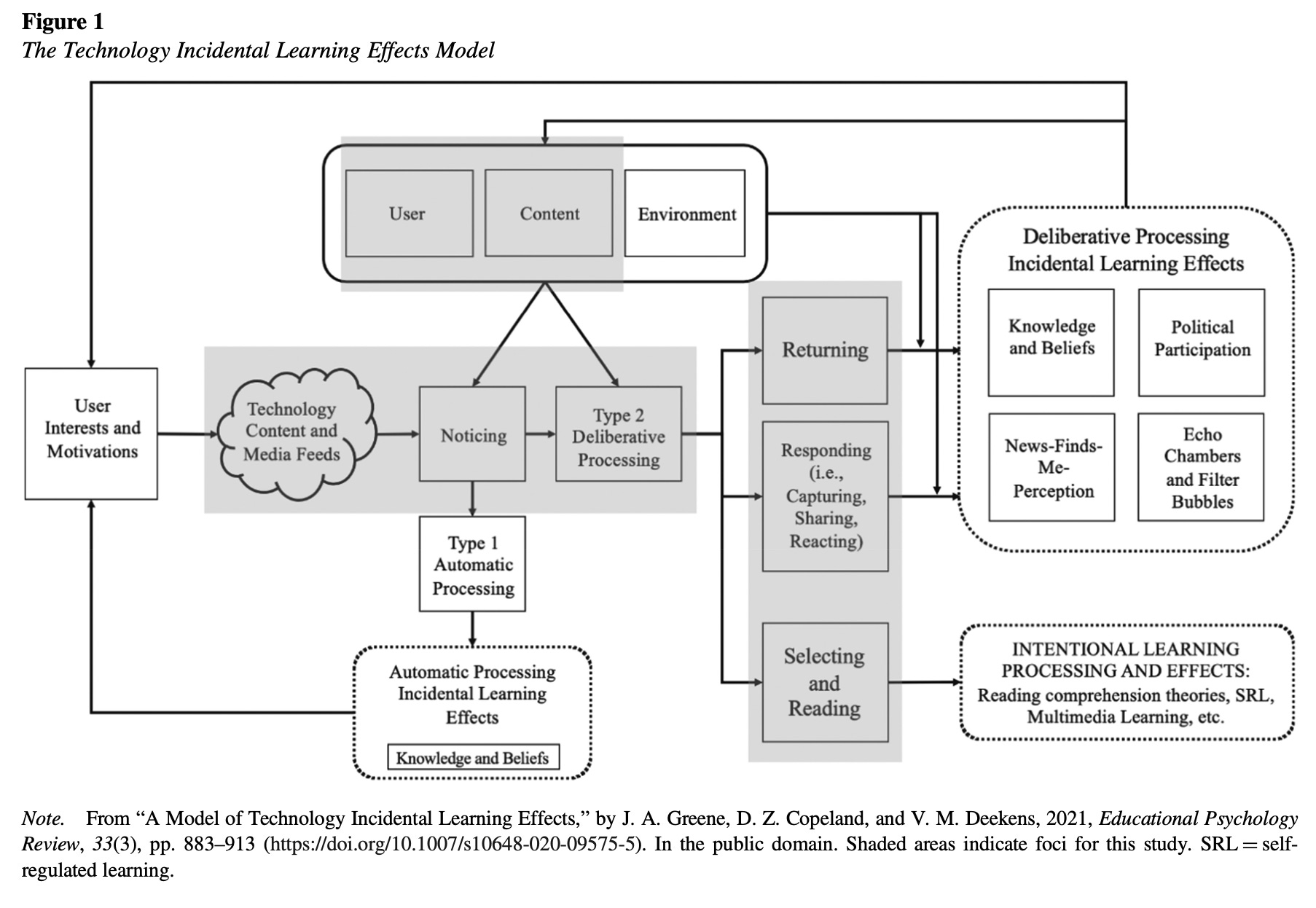What do people think when they come across COVID-19 (mis)information in their social media feed?
In a new article, our research team explored mental processing and social media behaviors after incidental exposure to COVID-19 information and misinformation.
I don’t know about you, but my social media feeds are kind of a mess. Most of what I see is what I want (e.g., pictures of friends, NBA highlights, wedding proposals that make you cry). But, typically every time I log in, I see a few posts that make me go “Hmmm...” Now, I usually just scroll right past those posts, but I do read them, and I wonder if reading them has any affect on me? Imagine being incidentally exposed to an idea (e.g., “COVID vaccines are dangerous”) several times over the course of a week. Might that affect, even slightly, how you think about getting vaccinated? And would you be aware of those effects?
That’s the kind of question our research team has been wondering about for a while now. A few years ago, we published a theoretical article on what we called the Technology Incidental Learning Effects (TILE) model (see below), where we argued we need more research on what happens after people incidentally encounter information in social media. We found that incidental exposure (e.g., I went on social media to watch NBA highlights but saw some world news in there, which I was not intentionally seeking) was far less studied than intentional learning (e.g., going on social media to learn about world news), which seemed like an important gap in the literature.
Well, we just published our first empirical investigation of parts of the TILE model (Greene et al., in press). (And it’s open access!) We simulated a social media feed with lots of benign content, but also some posts containing COVID-19 information and misinformation. We asked college students to think-aloud as they read each post and then to choose which of the three following social media behaviors they’d do as a result: skip the post, like the post, or read the post (in hindsight, I kind of wish we had added “share the post” but the statistical modeling was already pretty complex with just 3 options). We coded the verbalization data for types of mental processing (e.g,. metacognition, epistemic cognition, motivation, interest, etc.) and then examined whether students’ prior knowledge, need for cognition, and/or types of mental processing predicted which social media behavior they chose.
We found lots of interesting things (to me!). For example, sometimes people expressed positive interest in COVID-19 misinformation not because they believed it, but specifically because they didn’t believe it. It was akin to an “oh goodness, I know this is misinformation but I’m curious what they are saying” response. Also, prior knowledge and need for cognition did not change the relations between mental processing and social media behaviors, which surprised us. That may be due to a restriction of range in the sample.
There’s a lot more in the paper, which I hope you find interesting. But for me, this study is the first step toward identifying a method and a research program for connecting incidental exposure, mental processing, social media behaviors, and learning effects (see model pic below). Here’s hoping we get the opportunity to keep investigating the rest of the relations in the TILE model!
